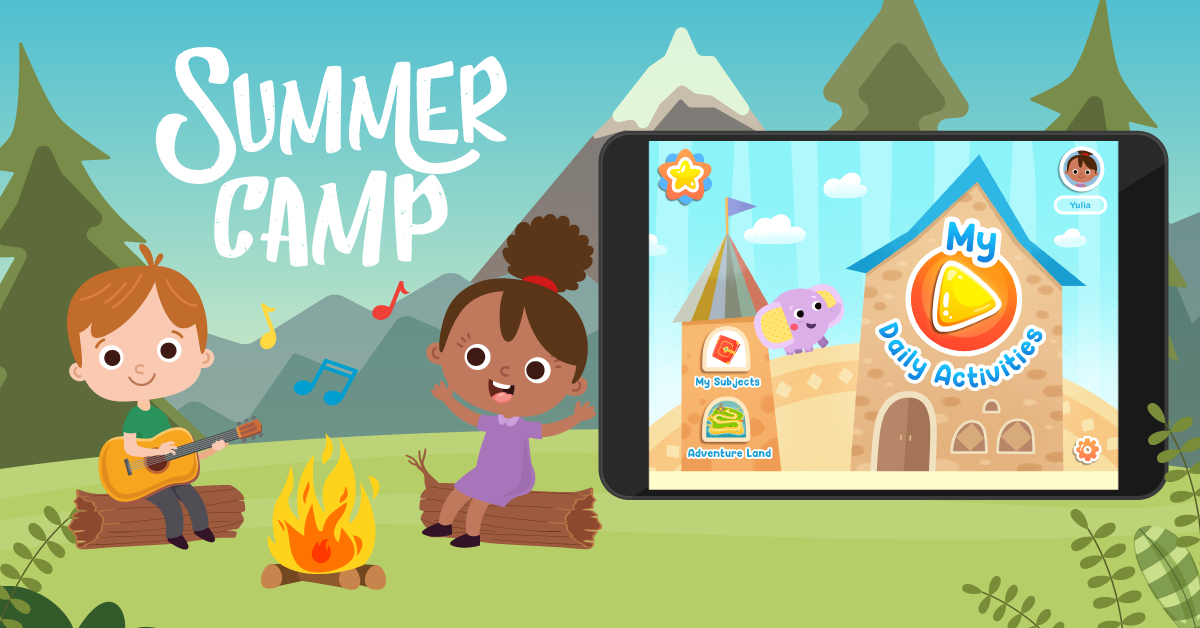Understanding biodiversity Normal Worksheets for Ages 8-9
4 filtered results
-
From - To
Explore our engaging "Understanding Biodiversity Normal Worksheets" designed for children aged 8-9! These printable resources introduce young learners to the rich variety of life on Earth, highlighting essential concepts like ecosystems, species, and environmental balance. With colorful illustrations and interactive exercises, these worksheets foster curiosity and promote critical thinking about nature's interconnections. Each activity encourages students to identify different species, understand habitats, and appreciate the significance of conserving biodiversity. Perfect for classroom use or home learning, these worksheets support a comprehensive understanding of biodiversity while making learning fun and accessible. Start your child's journey into the wonders of nature today!


Subtracting Numbers: Biodiversity Worksheet


Comparing Biodiversity: Rainforest Plants Worksheet


Invertebrates Worksheet for Grade 3


Comparing Biodiversity: Rainforest Animals Worksheet
Understanding biodiversity is essential for both parents and teachers because it helps children appreciate the variety of life around them. When children aged 8-9 learn about the different plants, animals, and ecosystems, they develop a sense of wonder about nature. This awareness fosters a love for the environment that can lead to responsible behavior, such as caring for the planet and making sustainable choices.
Teaching kids about biodiversity also connects to important concepts in science and health. They learn how each species plays a role in a delicate balance, which can help for topics like food chains and habitats. By understanding that all creatures, big and small, contribute to our ecosystem, children grasp the importance of preservation and conservation efforts.
Moreover, learning about biodiversity promotes critical thinking skills. Kids begin to ask questions like “Why is this species important?” or “What happens if it disappears?” This curiosity can lead to discussions about global challenges, inspiring future generations to be protectors of the Earth.
In enhancing their knowledge of biodiversity, parents and teachers help students grow into informed, caring individuals ready to positively impact the world. Everyone has a role to play in safeguarding our planet’s rich tapestry of life.

 Assign to My Students
Assign to My Students





















